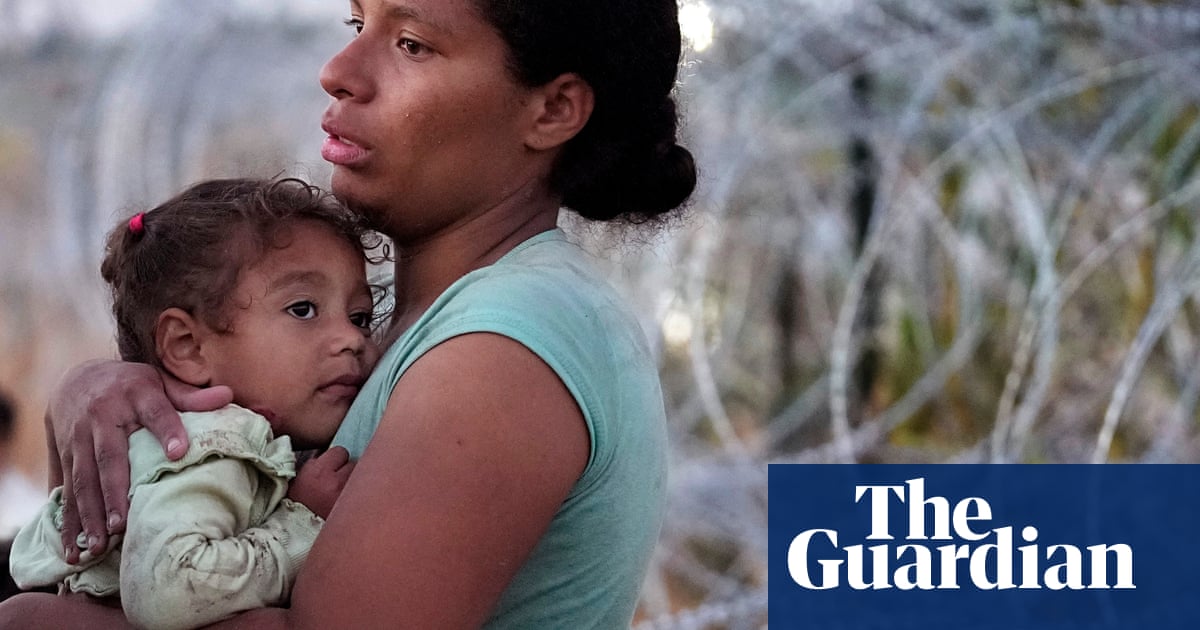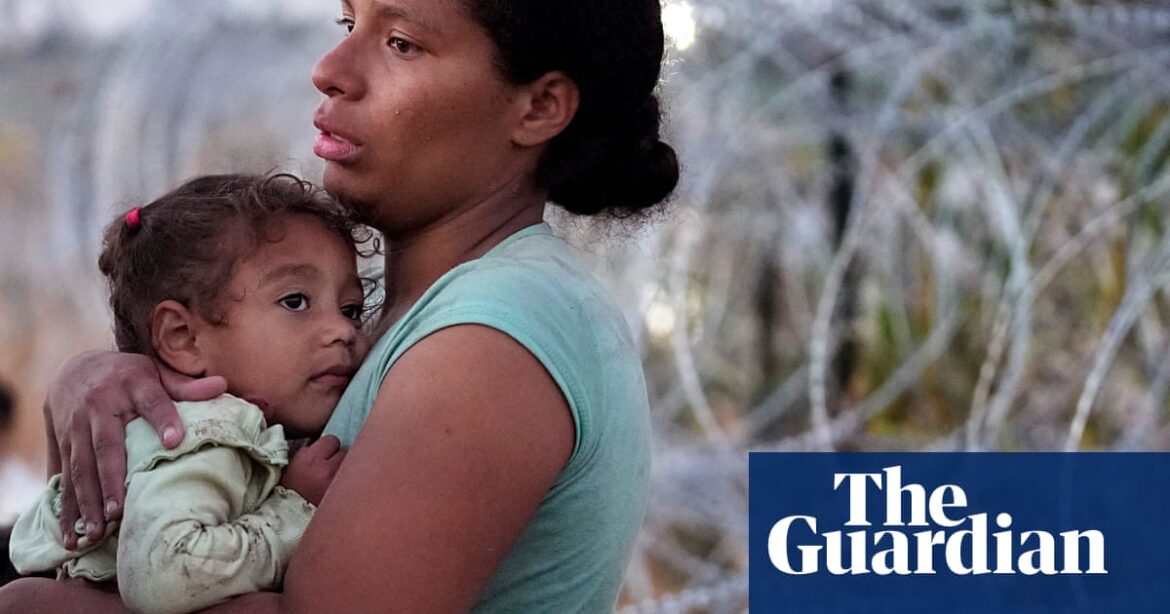
Joe Biden and Donald Trump are competing through border visits and rallies to shape the public perception of immigration. This topic, along with Mexico’s involvement, is taking center stage in the upcoming election.
By entrusting Mexico with the responsibility of decreasing border entries, the US has given Mexico power over US political discourse. Consequently, numerous migrants are now trapped in Mexico and face a perilous journey of exploitation and aggression while attempting to reach the northern border.
Ari Sawyer, a researcher from Human Rights Watch, states that in the past, the Darién Gap was the most terrifying portion of their travel, but current discussions suggest that Mexico is now the most treacherous. Mexico has become the new equivalent of a “jungle.”
There are two main factors that contribute to the significant role Mexico plays in US immigration.
A significant number of Mexican individuals are migrating to the United States, making Mexico the most common country of origin among immigrants.
Then there is Mexico’s status as the United States’ immigration enforcer, a role that has evolved over the course of Andrés Manuel López Obrador’s presidency, starting in 2018, as the number of migrants trying to reach the US through Mexico has risen tremendously.
Detentions of migrants in an unauthorized status have increased by four times, reaching nearly 800,000 in 2023 compared to pre-pandemic levels.
It remains unclear what actions Mexican authorities take with the individuals they apprehend.
Per Tonatiuh Guillén, ex-commissioner of Mexico’s National Institute of Migration, individuals in detention should be brought to a migration office for evaluation. Additionally, consulates must be notified and a determination must be made on whether to deport them.
According to him, if the official figures for detainees are correct, it would be well beyond Mexico’s institutions’ capabilities to handle them.
In all situations, the number of deportations has not increased at the same rate as the number of detentions. Instead, deportations dropped significantly last year, totaling just over 50,000.
During López Obrador’s initial year in office, the proportion of deportations compared to detentions was 88%. However, by 2023, it had significantly decreased to 6.8%.
According to human rights organizations, migrants are reportedly being placed on buses and returned south, potentially all the way to the Guatemala border.
According to Rafael Velásquez, the Mexico director of the International Rescue Committee, if you are held in Mexico City you will be transferred to Acayucan. If you are held in Acayucan, you will then be transferred to Villahermosa. And if you are held in Villahermosa, you will then be transferred to Palenque. Essentially, this means that you will be moving one step backwards in the detention process.
Simultaneously, barriers have been implemented to increase the difficulty for migrants to travel north. These measures consist of checkpoints on highways and increased efforts to prevent migrants from stowing away on freight trains.
Velásquez stated that there are definitely strategies in place that limit people’s freedom of movement within the country. However, these measures are not official and when one seeks information on them, it becomes unclear.
Together with the ongoing arrivals at the southern border and the decrease in deportations, this suggests that there is a growing number of migrants stuck while traveling through Mexico. Sawyer stated, “It’s as if they’re trapped on a never-ending cycle.”
Since there is no corresponding plan for societal integration, these individuals who have migrated are at a high risk for harm.
Frequently, they are unable to work in an official capacity due to constant exploitation by authorities. Additionally, they may be taken captive or disappear at the hands of criminal organizations.
As a result, the current infrastructure available to assist migrants has been fully utilized.
Guillén stated that without the aid of civil society organizations addressing the humanitarian aspects, the situation would be even more dire.
In December 2023, the number of illegal border crossings reached a new peak, causing a decline in Biden’s political popularity and leading to important discussions between the US and Mexican governments. However, there has since been a significant decrease of almost 50%, which is noteworthy considering seasonal patterns.
American authorities praised Mexico for decreasing the influx of people at the border by increasing their efforts in enforcing policies.
According to Sawyer, the United States relies on Mexico for deterring and enforcing immigration. López Obrador has been willing to sacrifice the rights of migrants and asylum seekers for political gain in Washington.
In Mexico, this deal has a relatively small impact on political issues.
Guillén stated that while migration remains a major issue in the US, it is not the same in Mexico. Even though tragic incidents like the detention center fire in Ciudad Juárez occur and result in the deaths of migrants, there is little political consequence.
There is a quietness. There are sounds, but ultimately a profound stillness.
Source: theguardian.com



